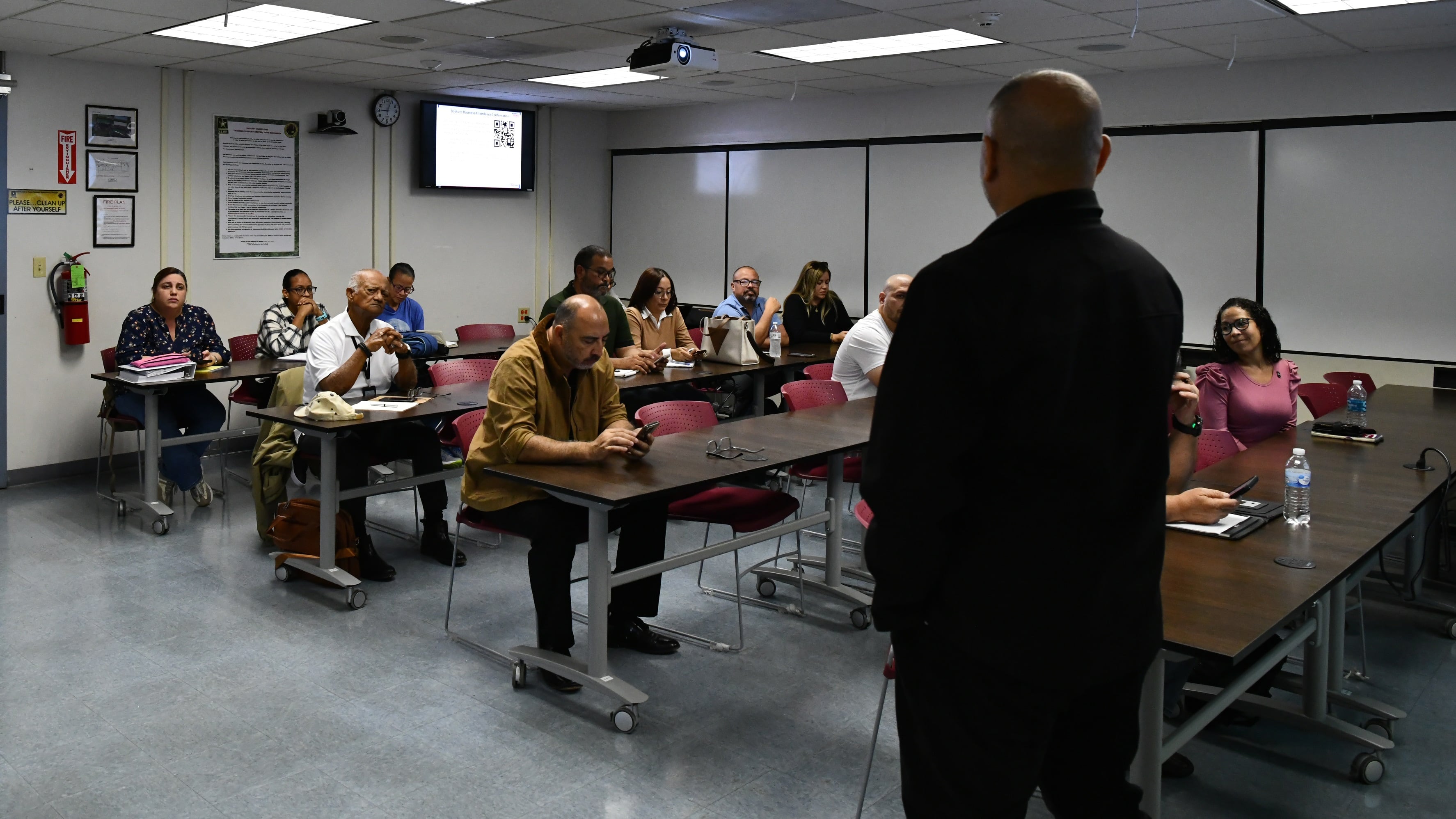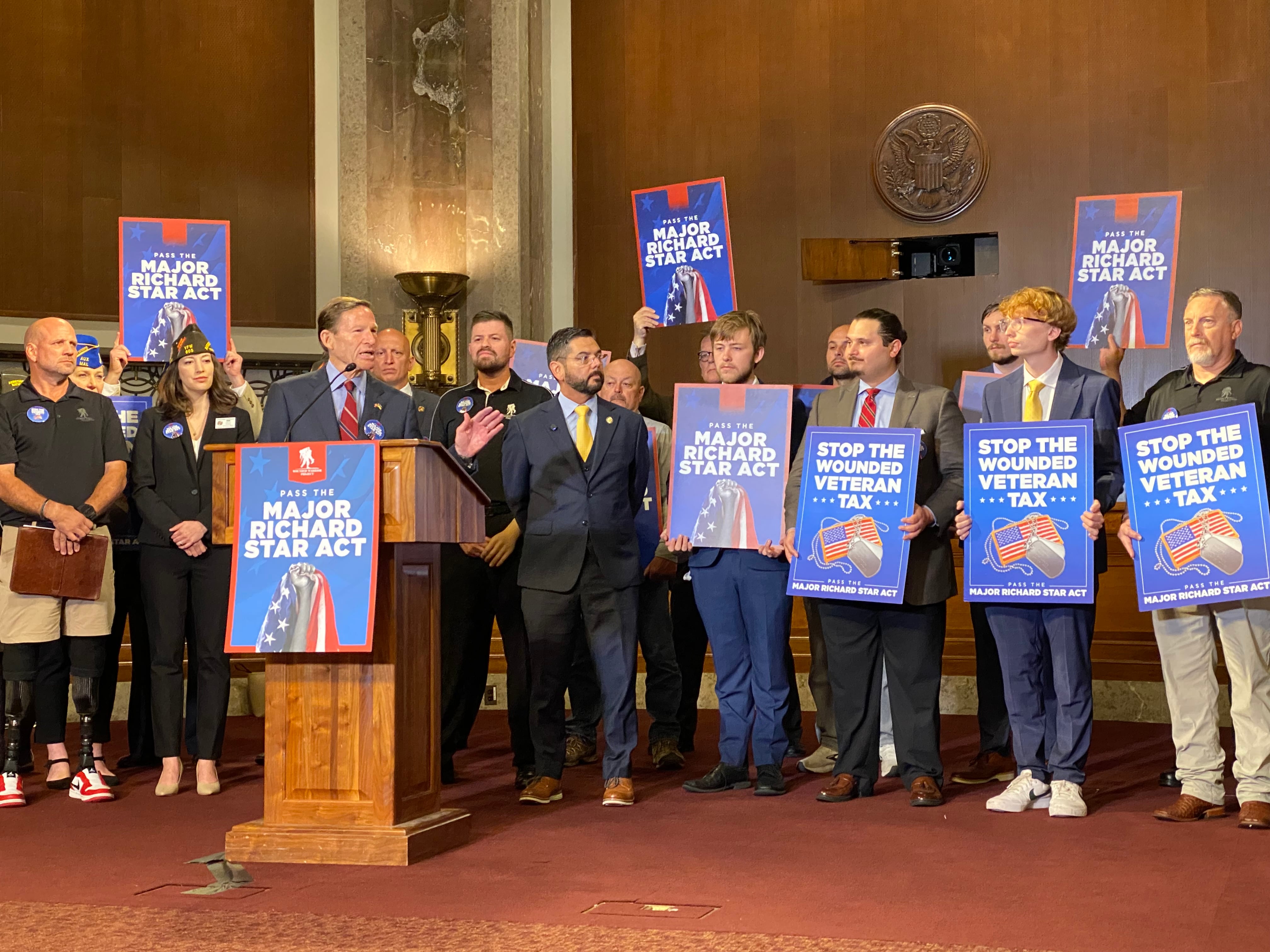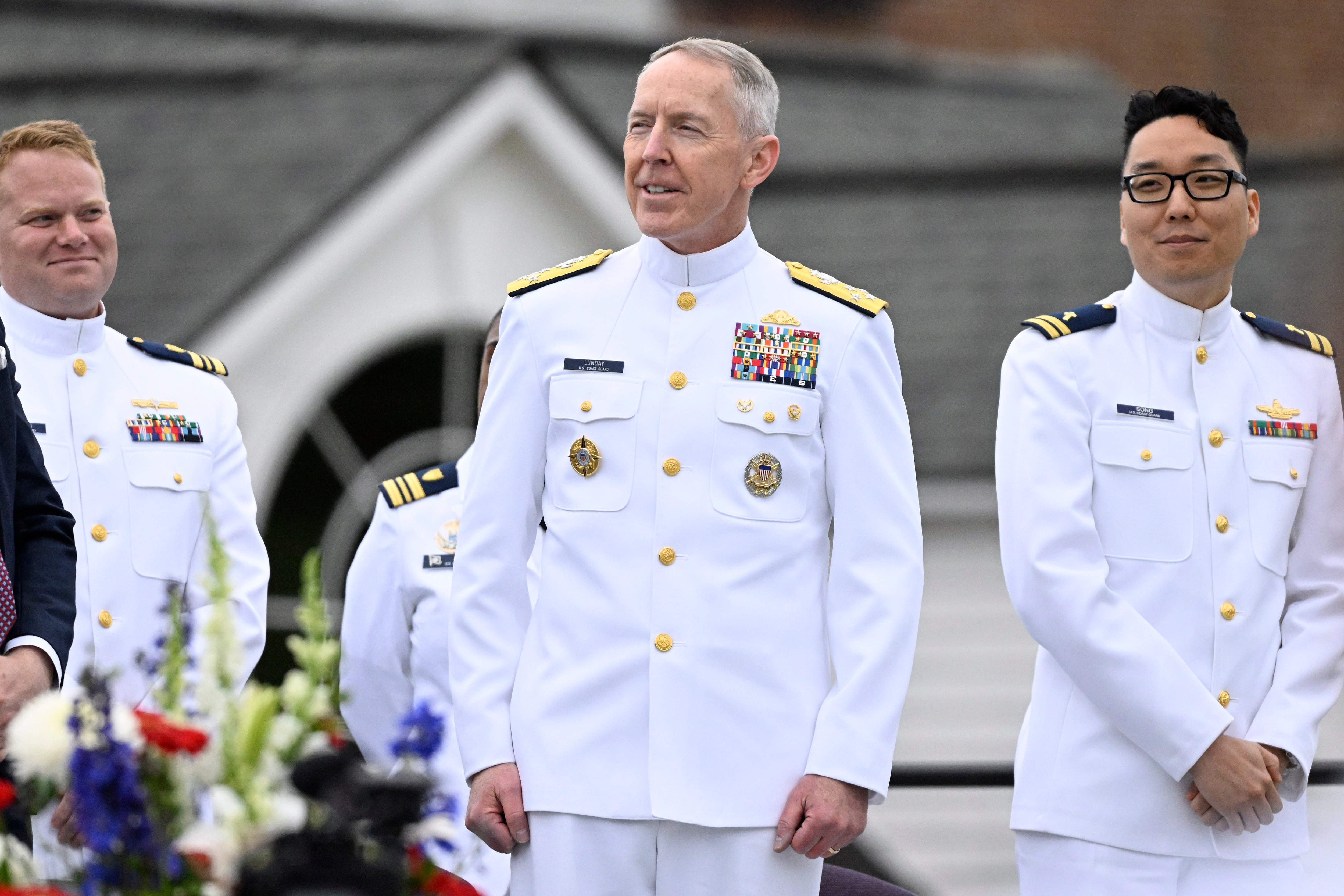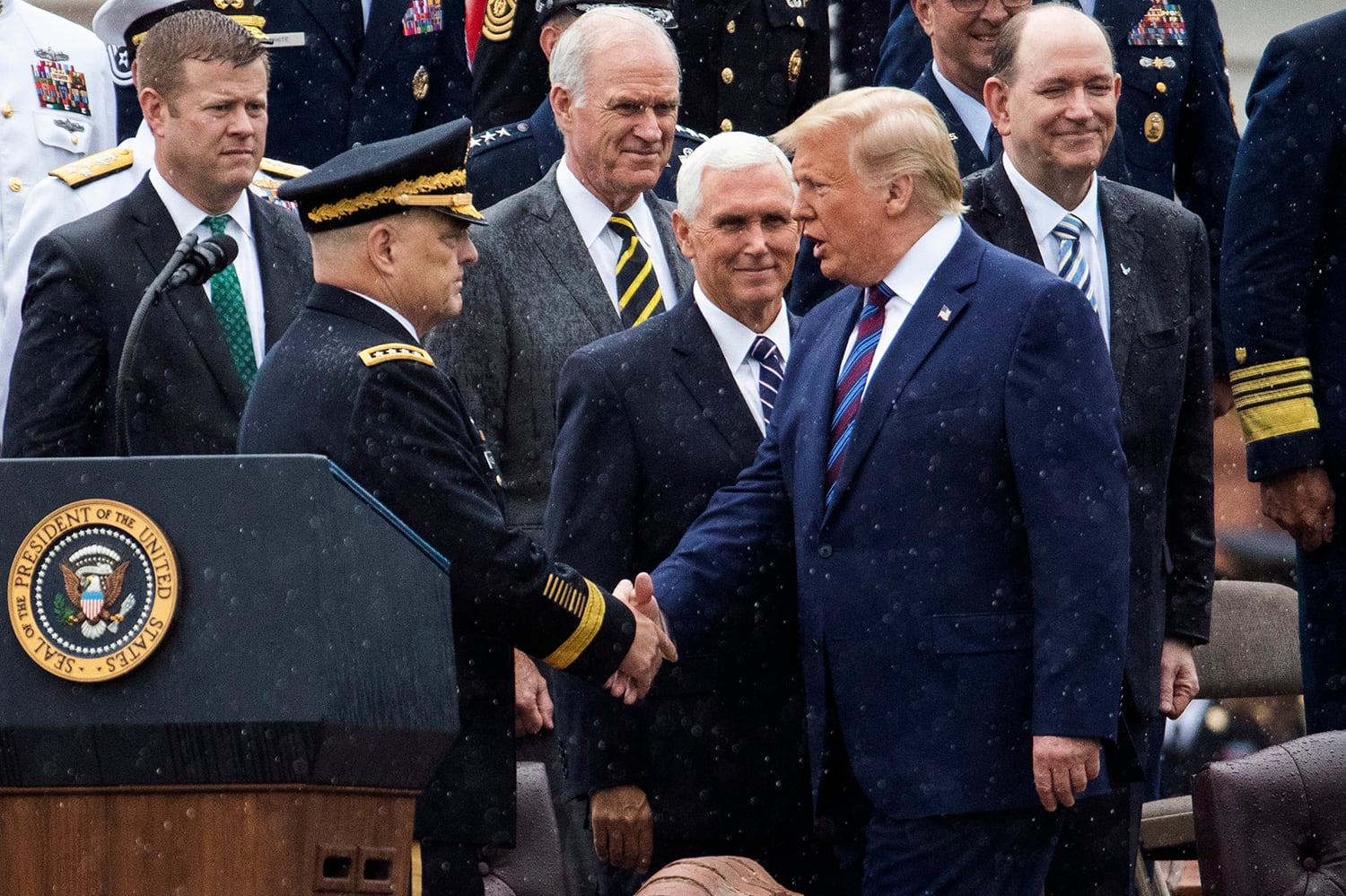The crews of the cruisers Cowpens and Gettysburg will be thinning out soon. are getting ready to thin out.
The two cruisers will be parked pierside in the coming months and left there for the foreseeable future in the coming months as because the Navy puts them into phased modernization, a plan that takes the cruisers out of the fleet until needed. It's a plan the Navy hopes will keep the battered, hard-run combatants in the fleet through the late 2030s.
At a briefing on the Navy's 2016 budget Feb. 2, Rear Adm. William Lescher, the Navy's top budget officer, told reporters that the cruisers Vicksburg and Chosin are the next two targets of phased modernization, a plan that has been controversial, with some lawmakers worried that long-term lay-up may be an opportunity to early retire some hulls.
Lescher characterized the Navy's latest cruiser lay-up schedule as "2-4-6": What this budget proposes to do is, in fact — meets the requirements of the legislation, of the direction -- of the legislation of both NDAA and the — (inaudible) -- bill, which is the so-called 2-4-6 Plan," he said. "Two cruisers per year for a long-term phase modernization period, no greater than four years and no greater [than] six in modernization at any given time. So in [fiscal year]FY '15, this year, we're in fact inducting the first two ships, the Gettysburg and Cowpens. [The budget] Thisfunds in FY '16 the induction of the next two ships, Vicksburg and Chosin, as well as induction of a [dock landing ship]."
The road ahead for the crews, however, is less clear. Two Navy officials who spoke on background to discuss ongoing deliberations, said the crew levels on the ships in phased modernization haven't been set yet. But as late as last fall, officials were weighing leaving only a caretaker skeleton crew aboard the ships leading up to and through the extended overhaul, then the Navy was still seeking to take all the sailors off the ships while they are in heavy modernization, and gradually adding sailors as the ships get closer to returning to active service.
The makeup of the caretaker crew aboard Cowpens and Gettysburg later this year is still being hashed out, said Navy officials, who were unable to specify how many sailors would remain aboard or whether a commanding officer would still lead them.
The plan would allow the Navy to plus-up manning shortfalls at other fleet commands, while ensuring the cruisers are there to serve as carrier shotguns two decades from now. bringing sailors back as the ship gets closer to active service.
One thing is certain: The Navy 2016 budget doesn't fund the cruiser billets in 2017. With the restoration of the carrier George Washington and its air wing, the Navy's end strength goes up about 5,600 billets over 2015's proposed end strength, to 329,200. But personnel officials say that, as it stands, the billets for the 11 cruisers yet to be modernized will go away and end strength drops down to 326,500 in fiscal '17..
Vice Adm. Bill Moran, chief of naval personnel, said Feb. 6 that his office is working to restore the billets for the 2017 budget.
"We have heard concerns in the fleet that our end strength plan doesn't cover cruiser manning beyond 2016," he said. "We get the concern and will be sure to address this issue as we build and coordinate our '17 budget plan. No one wants to take a step back, to lose the progress we've made over the last few years."
The so-called 2-4-6 plan, unveiled Feb. 2, briefed by Lescher is the latest iteration of the Navy's proposal on the future of the cruisers, seven of which they slated in 2012 for early retirement, only to have lawmakers block that plan. The latest plan reverses course, but some lawmakers are wary that the service may again change its mind and deep-six the Ticonderoga-class cruisers, many of which have suffered from structural flaws.
Caution on the Hill
Cowpens, in particular, was in poor shape after hard years in Japan as a forward-deployed naval force. After a high-profile deployment that saw a run-in with the Chinese navy and ended with the entire command triad being fired for dereliction of duty, the ship's leaders pointed to the poor condition of the ship, saying the Navy set them up for failure. and thinking on the cruisers yet to be put through life extensions. In 2012, the Navy proposed to decommission seven cruisers and two dock landing ships. The Navy then proposed the phased modernization plan.
The old plan called for parking 11 of the fleet's 22 cruisers pierside for months, and in many cases years. plan calls for cruiser phased-modernization plan, designed to keeping the cruiser's air defense command capability in the fleet beyond the service life of the hull, would have kept 11 of the fleet's 22 cruisers parked pierside.Then, as the Navy decommissioned one of the 11 in the active fleet, it would take a newly modernized cruiser out of lay-up and put it back in the fleet, holding the number of cruisers at 11 until the Navy found a suitable replacement for its premier surface combatant.
But that plan similarly tanked on the Hill and, instead of 11 cruisers in lay-up, only two were authorized.
One of the leading opponents of the Navy's cruiser plans was Rep. Randy Forbes, R-Virginia, who sits on the House Armed Services Committee and has said repeatedly that the fleetNavy needs more, not less ships.
Forbes struck a cautious note in a statement to Navy Times on the new 2-4-6 plan.
"While I strongly support retention of the cruisers in the active force structure, I am concerned that the 2-4-6 cruiser plan may place up to six cruisers in a lay-up status," he said in a Feb. 4 statement.
"The Navy is already stretched to meet global commitments, and removing over 25 percent of the cruiser force structure from immediate availability places undue pressure on our national security. I will continue to review the 2-4-6 plan with the goal of ensuring that our Navy has the necessary force structure to protect our national interests."
David B. Larter was the naval warfare reporter for Defense News.





